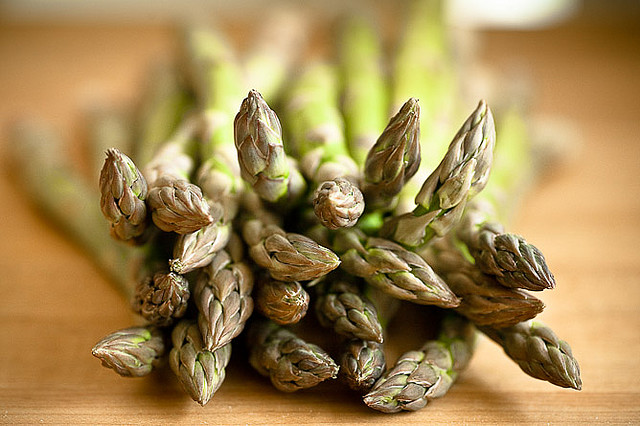
For the love of asparagus ©kirkclimber
Vagabondish is reader-supported. When you buy through links on our site, we may earn a small affiliate commission. Read our disclosure.
April in Beelitz, Germany signals the start of asparagus season. The growing season of the vegetable may seem routine, but to former Eastern Germans, asparagus (particularly the white variety) is an elite symbol that brings memories of the end of Communism.
In the 1930s, Nazi rulers believed asparagus was pretentious, expensive and not worthy of labor-intensive production. During World War II, the crops were nearly eliminated in Beelitz, making room for wheat, potatoes and corn instead. Since the fall of the Berlin Wall in 1989, the crops returned to the region and keep expanding every year. It’s even popular enough to be used in German wine and have a museum dedicated to it, in a town near Beelitz.
For a seasonal vegetable with significant German history, it’s easy to see why Germans love their asparagus. More on the beloved veggie can be seen at Reuters.


